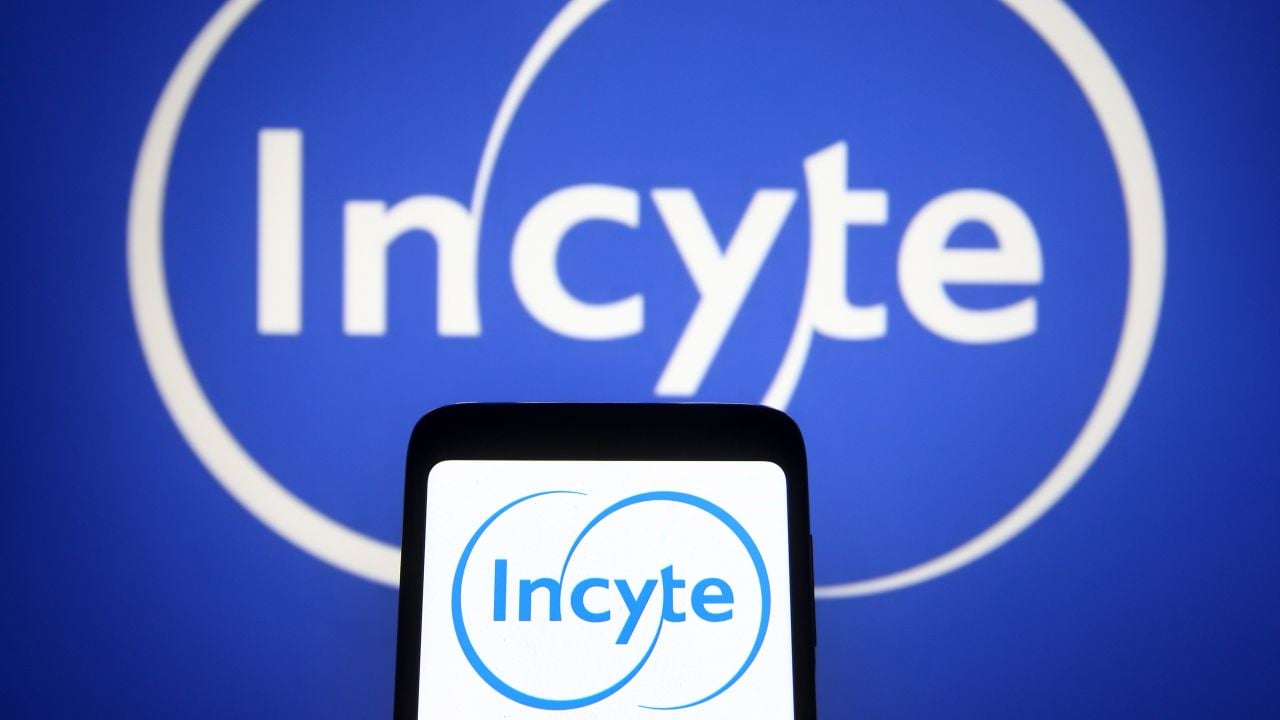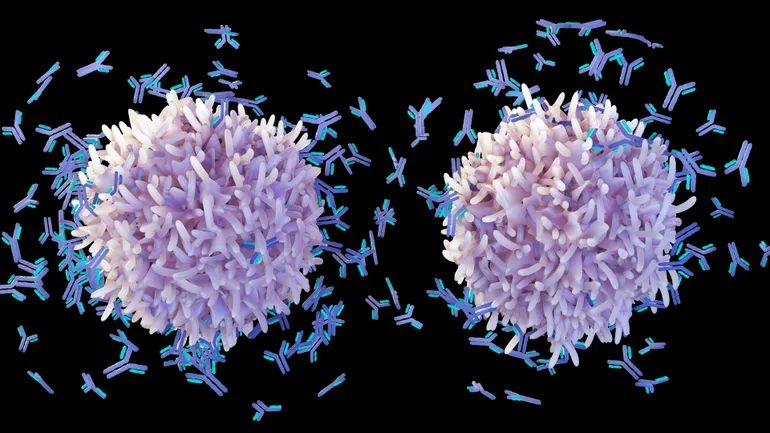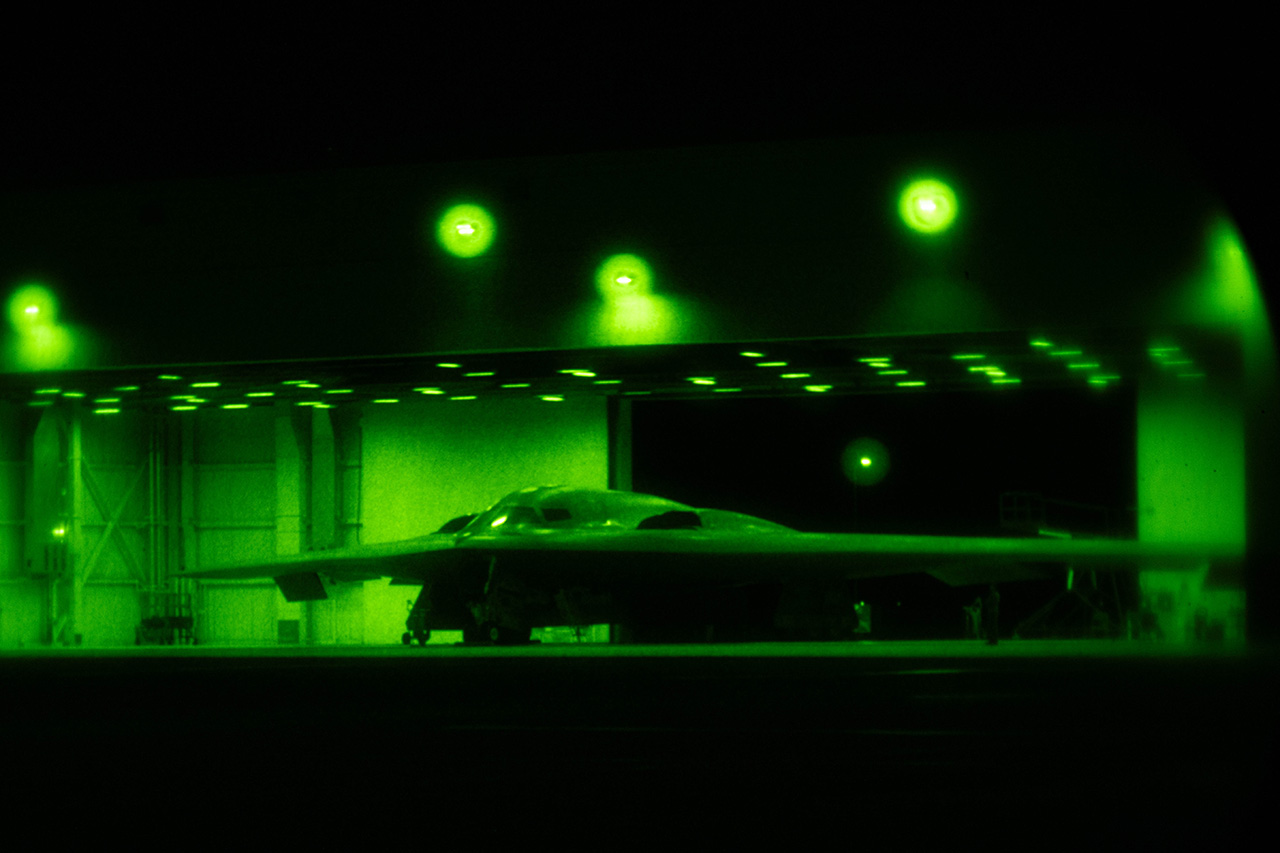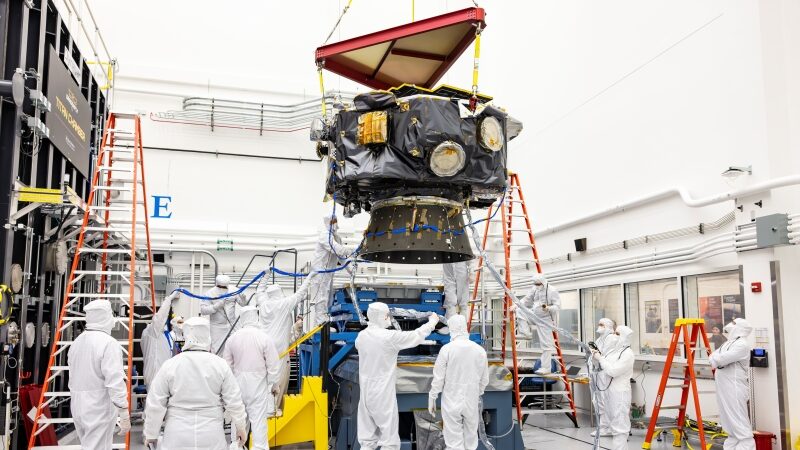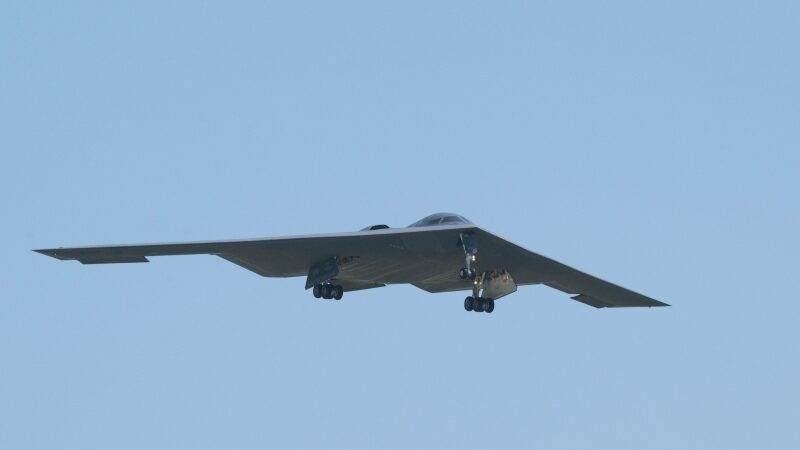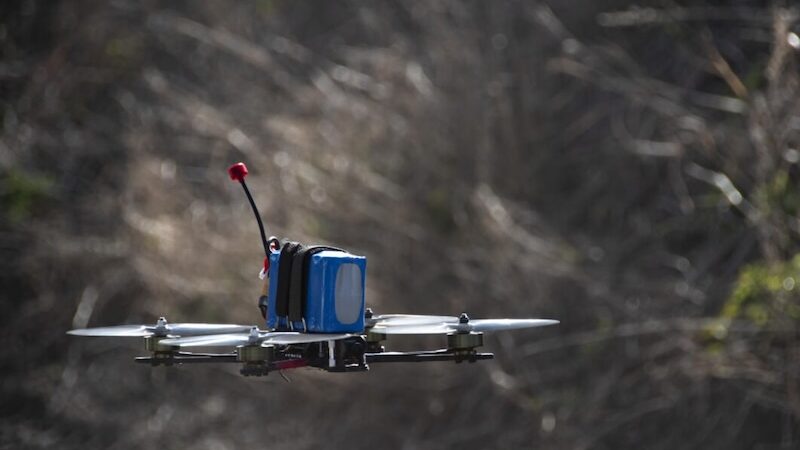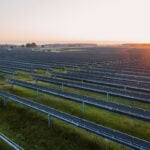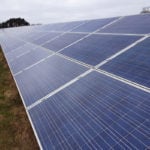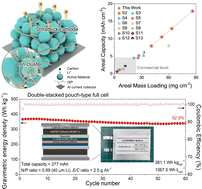Revealing Localized Dark‐Exciton Populations in 2D Perovskites via Magneto‐Optical Microscopy
Advanced Energy Materials, EarlyView.

Magneto-optical microscopy is used on metal halide perovskites for the first time to reveal the heterogenous nature of exciton emission in 2D perovskites. The study reveals that the morphology of 2D perovskite thin films has a crucial impact on localisation of bright and dark excitons. In single crystals, dark and trapped exciton populations are localised at the edges.
Abstract
The successful development of optoelectronic devices is contingent on a detailed understanding of interactions between light and excited energy states in photoactive materials. In 2D perovskites, excitons are the dominant photogenerated species and their energetic structure plays a pivotal role, governing photon absorption and emission processes. In these materials, dark exciton states can undergo photoluminescence due to relaxation of selection rules and this process can be modulated by an external magnetic field, enabling unambiguous identification of the exciton fine structure. Previous reports of magneto-optical spectroscopy on 2D perovskites are restricted to the macroscopic response, where key information is lost regarding the microscopic heterogeneity of the photoluminescence. Here, magneto-optical microscopy is used for the first time on perovskite materials to elucidate the spatial variation of exciton emission processes. In 2D perovskite thin films, regions of localized bright and dark exciton populations are distinguished, correlated to the film morphology. In single crystals, dark excitons become localised at the edges, where excitons can be trapped in two distinct types of sub-gap states. This work represents significant progress in understanding the properties of exciton emission in 2D perovskites, which is crucial for the development and optimization of optoelectronic technology.

























































